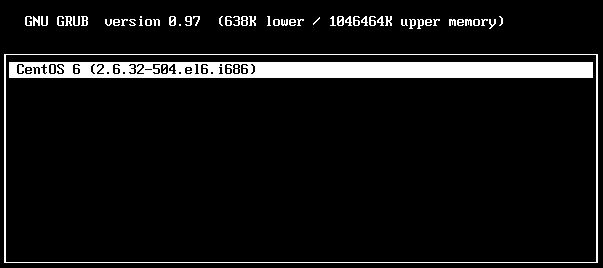Linux系统命令解析
对于Linux系统,用户们一定对它那功能强大的命令印象深刻,不过有许多Linux用户对Linux系统中的各项命令并不太熟悉,下面就和小编一起来看看Linux系统的命令吧。

Linux的命令分为内部命令和外部命令:
内部命令在系统启动时就调入内存,是常驻内存的,所以执行效率高。
外部命令是系统的软件功能,用户需要时才从硬盘中读入内存。
type可以用来判断一个命令是否为内置命令
type: usage: type [-afptP] name [name 。。。]
[root@linuxeye ~]# type type
type is a shell builtin
[root@linuxeye ~]# type -p type
[root@linuxeye ~]# type -t type
builtin
[root@linuxeye ~]# type type
type is a shell builtin
[root@linuxeye ~]# type -t type
builtin
[root@linuxeye ~]# type pwd
pwd is a shell builtin
[root@linuxeye ~]# type whiptail
whiptail is /usr/bin/whiptail
[root@linuxeye ~]# type -t whiptail
file
enable既可以查看内部命令,同时也可以判断是否为内部命令
[root@linuxeye ~]# enable -a #查看内部命令
[root@linuxeye ~]# enable whiptail #非内部命令
-bash: enable: whiptail: not a shell builtin
[root@linuxeye ~]# enable pwd #是内部命令
内部命令用户输入时系统调用的速率快,不是内置命令,系统将会读取环境变量文件.bash_profile、/etc/profile去找PATH路径。
然后在提一下命令的调用,有些历史命令使用过后,会存在在hash表中,当你再次输入该命令它的调用会是这样一个过程。
hash——》内置命令——》PATH 命令的调用其实应该是这样一个过程。
[root@linuxeye ~]# type pwd
pwd is a shell builtin
[root@linuxeye ~]# type cat
cat is /usr/bin/cat
[root@linuxeye ~]# ls linuxeye*
linuxeye.pem linuxeye.txt
[root@linuxeye ~]# cat linuxeye.txt
linuxeye
[root@linuxeye ~]# hash -l #显示hash表
builtin hash -p /usr/bin/cat cat
builtin hash -p /usr/bin/ls ls
[root@linuxeye ~]# type cat
cat is hashed (/usr/bin/cat)
[root@linuxeye ~]# hash -r #清除hash表
[root@linuxeye ~]# type cat
cat is /usr/bin/cat
从上面操作可以看出。hash表不存放系统内置命令。
这就是Linux系统中的内部命令和外部命令了,对Linux命令不熟悉,或者感兴趣的用户快来看看吧。
版权声明
本文仅代表作者观点,不代表本站立场。
本文系作者授权发表,未经许可,不得转载。
本文地址:/jtjc/Linux/2021-03-09/29251.html








